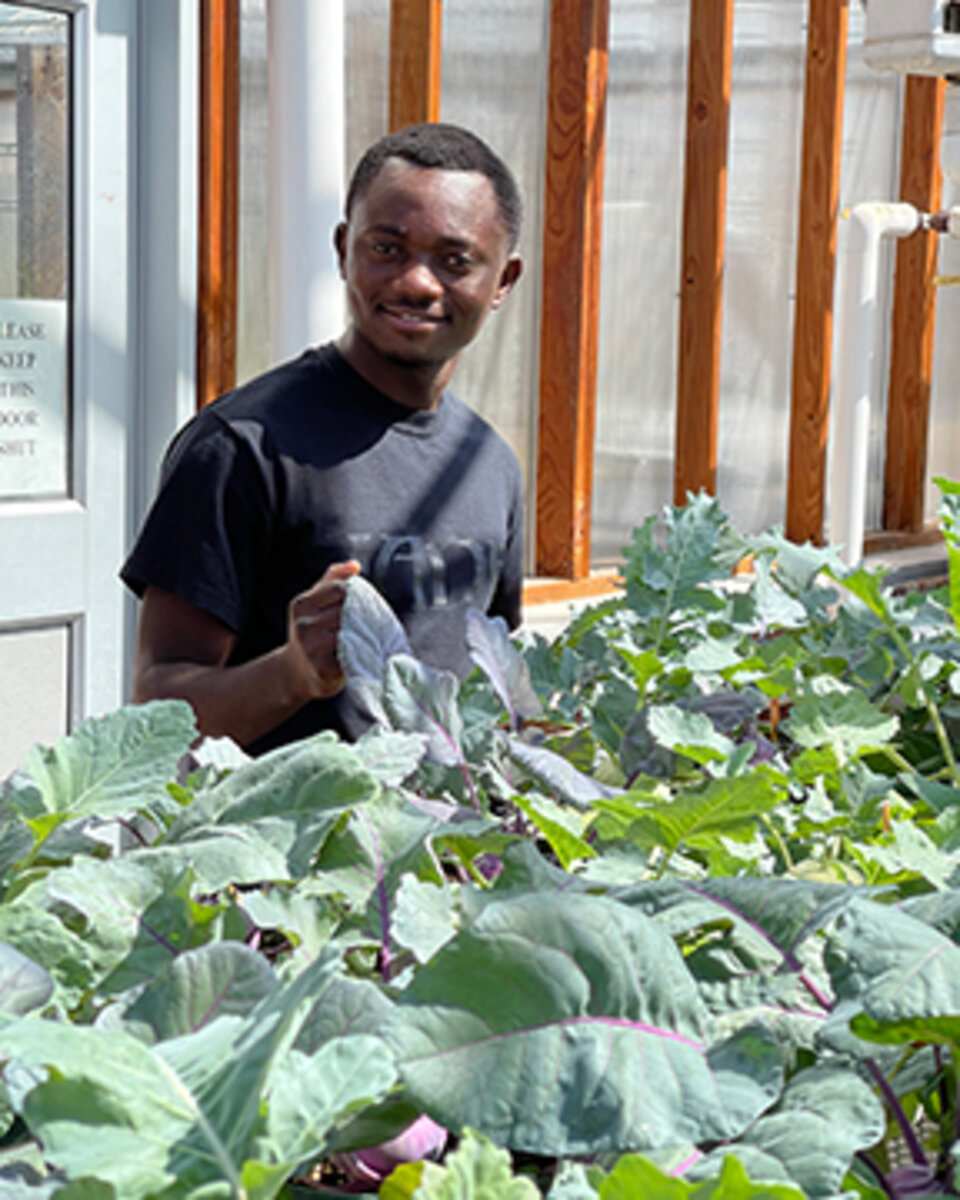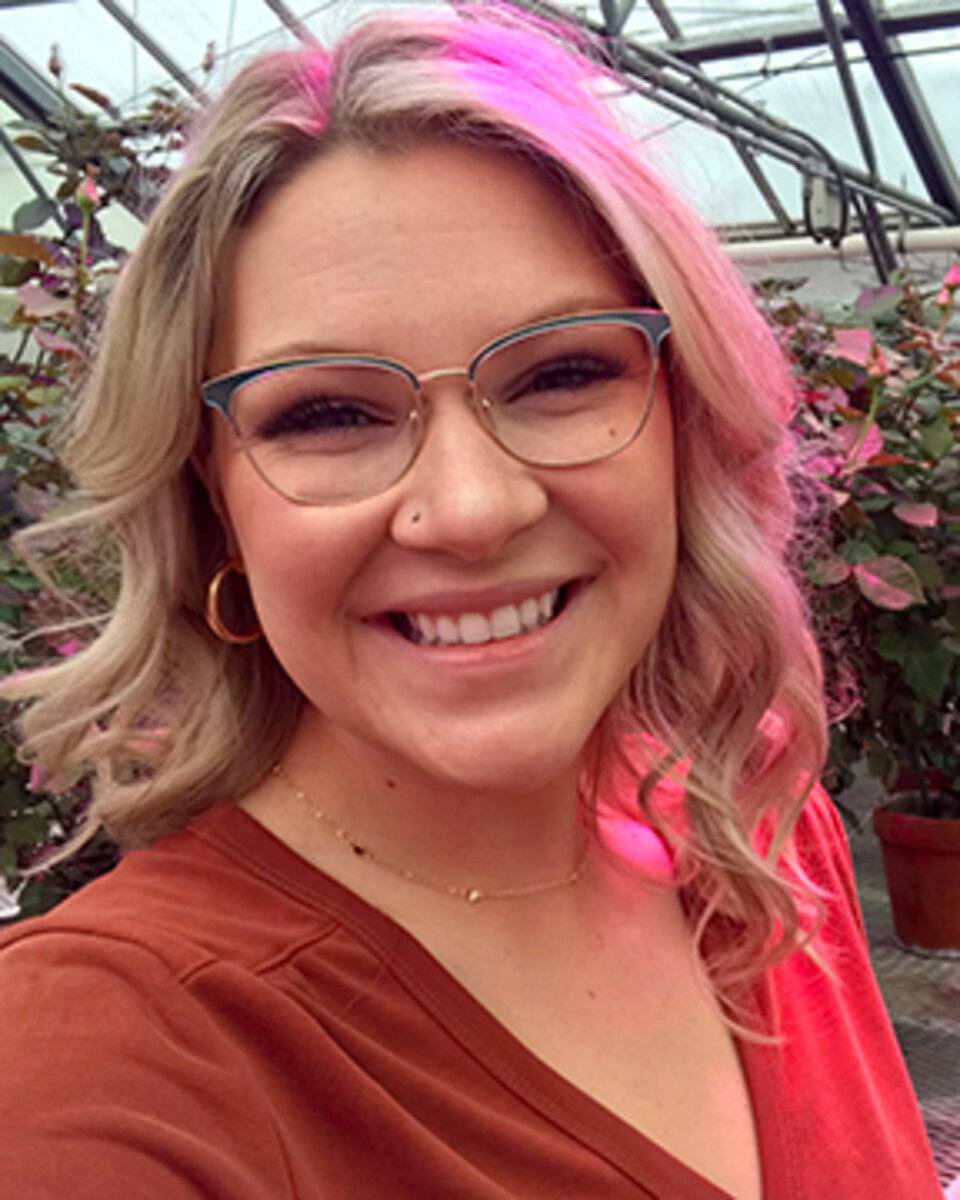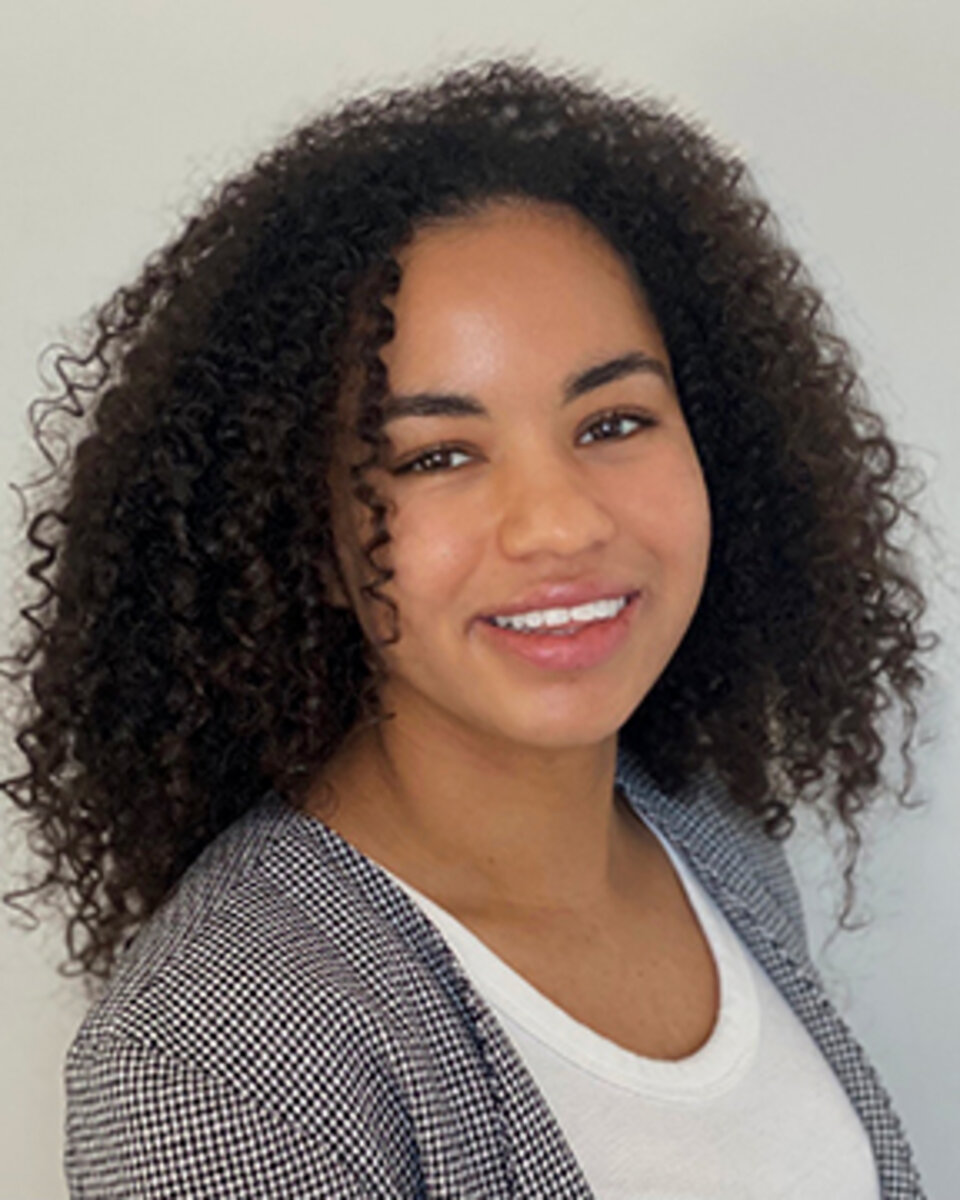Agronomy & Horticulture

Mark Iradukund
Faculty Mentor: Dr. Paul Read
Influence of Fertilizer on Swollen Stem Formation (“Bulbing”) and Vitamin C Content in Different Kohlrabi Cultivars
Kohlrabi is a vegetable crop that is found in the Brassicaceae family and it is rich in antioxidants such as vitamin C. Vitamin C helps in body tissue repair and keeps the immune system strong, so exploring vitamin C sources is potentially a great contribution to improve human health. Studies have confirmed that applying fertilizers to the kohlrabi will increase its yields and quality. However, there are no comparisons of those effects by using different fertilizer levels in different kohlrabi cultivars. The purpose of this study is to determine if fertilizer application affects Kohlrabi yield in terms of the swollen stem (edible part) and the vitamin C content and if those effects are the same in different kohlrabi cultivars.
Biochemistry

Thomas Hugo
Faculty Mentor: Dr. Jaekwon Lee
Copper-Dependent Lipid Metabolism in Cultured Hepatocytes
Nonalcoholic fatty liver disease (NAFLD) is a severe and widespread health concern, displaying the progression of metabolic dysfunction to fat accumulation, inflammation, fibrosis/cirrhosis, cancer in the liver, and diverse complications, including obesity, diabetes, and cardiovascular disease. The long-term goal of my project is to determine the causal relationships between dysregulation of minerals and NAFLD. Nutritional minerals, such as copper, are vital for the metabolism of macronutrients; nevertheless, the impacts of minerals on metabolic disease remain to be elucidated. The proposed works aim to develop and characterize copper-deficient liver cell lines and test the hypothesis that insufficient copper combined with excess fat is a previously unrecognized cause of NAFLD.

Huey-Xian Wong
Faculty Mentor: Dr. Limei Zhang
Elucidation of the Novel Mechanism of WhiB1-Mediated Transcriptional Regulation in Mycobacterium tuberculosis
A continually increasing worldwide incidence of TB in recent years has prompted the World Health Organization to make an urgent call for novel research breakthroughs regarding the fight against the TB epidemic. Responsible for the enduringly high rate of TB incidence is Mtb’s extremely complex regulatory system, allowing the pathogen to survive stress responses initiated by host immune systems and often develop multi-drug resistance (MDR). The research conducted in this study will advance the scientific community’s knowledge of the novel regulatory mechanism of WhiB1 in Mycobacterium tuberculosis (Mtb) with broad applications in the fight against the Mtb epidemic. Our hypothesis centers on a novel and exciting new proposal of a yet-undetermined transcription factor that acts with WhiB1 to co-control crucial cellular processes. In turn, we hope that this understanding will unlock an understanding of how the pathogen persists under environmental stress.
Biological Systems Engineering

Courtney Nelson
Faculty Mentor: Dr. Joe Luck
How to Effectively Reach Farmers and Assist them in Reaching their Precision Nitrogen Management Goals
Precision agriculture has been taking the industry by storm. There is a wide variety of options and opportunities for farmers to make more precise management decisions. With such a plethora of options at their fingertips, it can be a bit overwhelming to know which applications are the most worthwhile. I intend to utilize the network through Project SENSE to conduct surveys and interviews with growers. These interviews will aim at gaining a better understanding of what holds farmers back from implementing more technologies into their operations. Based on this feedback, I hope to have a better idea of how someone like myself could assist farmers in optimizing yields through forms of precision agriculture.

Jean Damascene Niwenshuti
Faculty Mentor: Dr. Yijie Xiong
Imaging method to quantify the geometry characteristics of bunk for beef cattle
Feedlot feed management is one of the processes in cattle production that requires intensive labor and is crucial to cattle industry. There is a reduction in the rural workforce that may affect the availability of skilled labor managing the feedlots. With the fast-growing precision livestock farming technologies, there is a chance to develop systems that can assist feedlot managers to monitor feed bunks without requiring intensive labor.
The goal of this research is to quantify the dimensions of the fence-line concrete and fiber glass feed bunks using depth camera. This is the first step in developing a system that can estimate the feed volume remaining in the feed bunk. This system can help feedlot managers to make decision on when to add feed and estimate the feed amount for the next day delivery.
Nutrition & Health Sciences

Mwiza Aline Uwashimimana
Faculty Mentor: Dr. Sathish Kumar Natarajan
Activation of cellular stress pathway in response to accumulation of 3- hydroxy fatty acids in placental trophoblasts during Acute Fatty Liver of Pregnancy (AFLP)
Acute fatty liver of pregnancy (AFLP) is a potentially fatal obstetric emergency, characterized by severe hepatic failure presenting in the third trimester of pregnancy. Maternal AFLP is predominantly associated with fetal fatty acid oxidation (FAO) defects as a result of a fetal mutation in HADHA, the gene encoding an enzyme that break down free fatty acids. We postulated that 3-hydroxy fatty acids induces trophoblast necroptosis via the activation of JNK and p-38 MAPK pathway. To address this, activation of JNK/SAP and p38 pathway will be studied through phosphorylation of JNK and p38 proteins via immunoblot as well as the use of JNK and p38 specific inhibitors and analyze if inhibition of JNK and p38 MAPK pathway reduces necroptosis in trophoblasts.
Plant Pathology

Innocent Byiringiro
Faculty Mentor: Dr. Thomas Powers
Plant parasitic nematode in small holder farms: A case study of Rwanda.
The study will look into the plant parasitic nematode and other soil microbiome associated with specific crop species in the small holder farms of Rwanda. With the current growing population, Rwanda is undergoing crop systems intensifications. The later, brings an upraised exposure to pests and diseases including the plant parasitic nematodes. In Rwanda small holder farms dominate the cultivated farmland. We will examine small scale plots to understand the current nematode populations . We will use microscope and DNA based analyses of nematode communities to identify specific plant parasitic nematode taxa. Finally, we will make a nematode field guide for small scale farms of the Rwanda to inform the public about the available plant parasitic nematodes, effect they have on crops and what can be done about it.

Erica Schufeldt
Faculty Mentor: Dr. Hernan Garcia-Ruiz
Immunizing Plants Using a Non-Replicating Virus
The global population continues to rise, and with it there is an ever-growing need for increased food supply. While there are many reasons for decreased crop production, one major contributing factor is infection from pathogens, such as viruses. Non-replicating viruses carry RNA protected by a coat protein and cannot establish infection in the host. Our hypothesis is that a non-replicating virus is capable of activating the plant immune system, ultimately providing protection against naturally occurring viruses. This approach is similar to human inactivated virus vaccines used for decades. Our hypothesis is that treatment with a non-replicating virus will protect a host plant that is normally susceptible.
School of Natural Resources

Callie McCright
Faculty Mentor: Dr. Steven Comfort
A Biological and Chemical Approach to Restoring Water Quality in Eutrophic Bodies of Water
One of the most pressing issues affecting freshwater ecosystems and drinking water is pollution caused by agricultural and residential runoff. Excess nutrients, like nitrate and phosphorus, cause harmful algal blooms. Callie’s research project aims to mitigate nutrient content in freshwater bodies of water.
Her project involves both a chemical and biological treatment approach. The biological approach utilizes floating treatment wetlands. The submerged roots of the plants uptake nitrogen from the water, while microbes on the plant roots convert nitrate to nitrogen gas. The chemical approach utilizes lanthanum, a soft metal. Lanthanum binds to phosphates in the water, making phosphorus unusable by algae. The combined effects of these treatments have the potential to reduce eutrophication in fresh bodies of water.

Ashley McMurchie
Faculty Mentor: Dr. Matthew Andrews
Adapting Hibernation to Rat Cardiac Ischemia to Solve Donor Organ Shortage
Understanding and adapting the conditions of natural hibernation in mammals to human physiology could be the key to solving one of the greatest issues in medicine today: the donated organ shelf life. This experiment explores the technique of injecting a pre-conditioning, or hibernation, solution into the donor to circulate through the body and induce organs to enter a metabolic state that can withstand minimal blood flow and low temperatures. Ground squirrel and rat hearts will be studied on an in-vitro apparatus, to assess the effects of the pre-conditioning solution on the heart’s ability to beat outside the body cavity, indicating the organ’s function and viability. This method could allow for the lengthening of donation organ shelf life by slowing cellular death to make organ banks possible.
Textiles, Merchandise & Fashion Design

Olivia Sutherland
Faculty Mentor: Dr. Jennifer Johnson Jorgensen
The impact of COVID-19 on rural retailing
Rural retailing represents a major sector of the United States economy, yet it continues to go underreported, especially during times of disruption. This study investigates how the recent COVID-19 pandemic has impacted rural retailers in Nebraska while simultaneously identifying resources that rural retailers need to successfully recover and prepare for future disruptions. The project aims to present reputable findings that generate visibility for rural retailers in Nebraska by connecting with business owners to reinforce the importance of building resiliency through strategic planning. The information gathered from this study is intended to be used to facilitate further discussion in rural communities regarding preparedness.